The term "green logistics” was first mentioned in the 1980s. Since then, many organizations and researchers have come up with different concepts of green logistics from different approaches. Green logistics can be understood as logistics activities towards sustainable, and environmentally friendly goals, minimizing negative impacts on the environment.
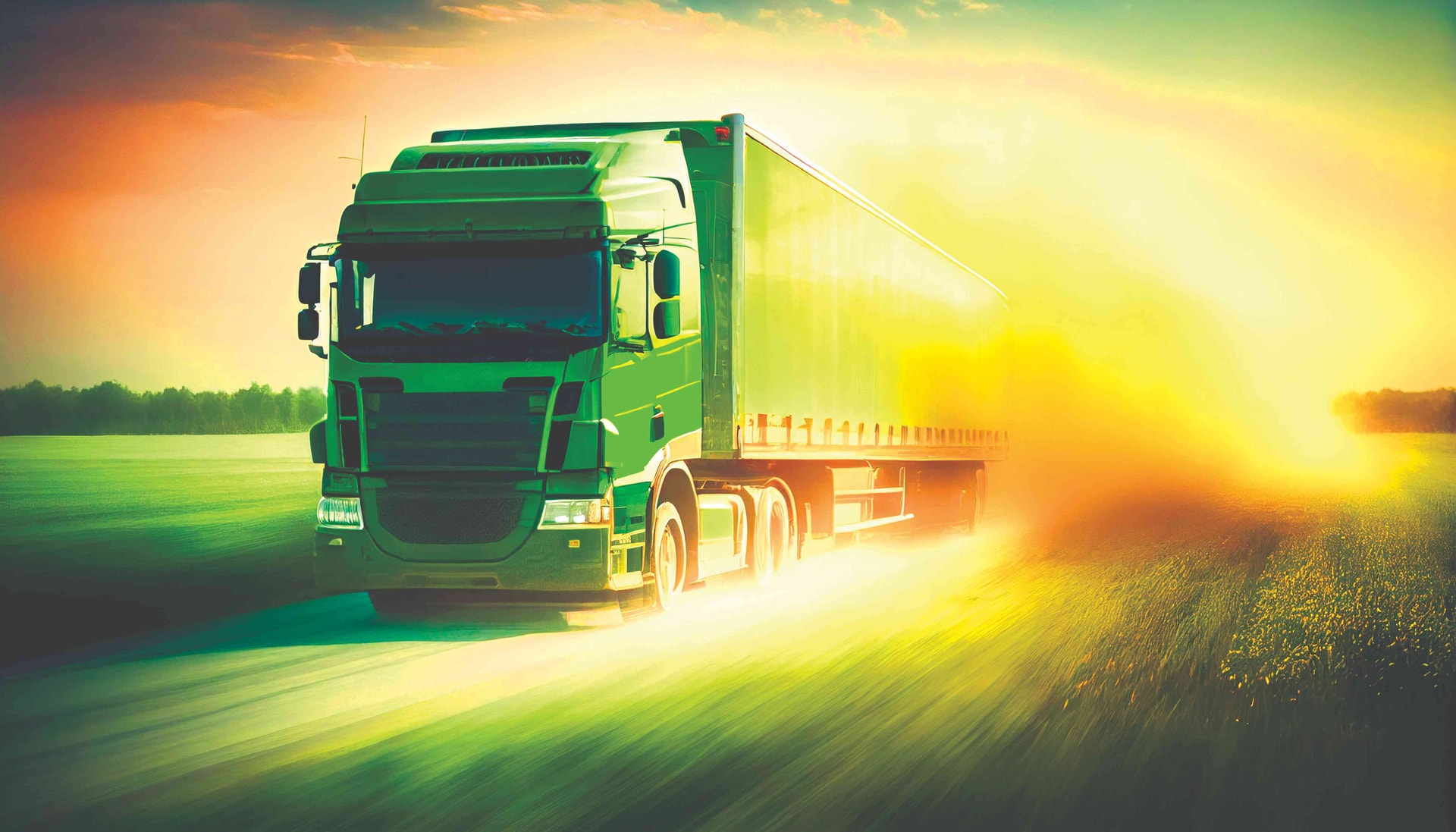
Green logistics development puts emphasis on efforts and measures to minimize negative impacts from logistics activities, thereby achieving a sustainable balance among economic, social and environmental goals.
Contents of developing green logistics that should be done
» Greening transport activities: there are two main factors of transport that affect the environment: transport network system and operation of means of transport. Transport vehicles consume fuels and emit harmful emission into the environment, especially road transport vehicles. In addition, roads, airports and ports being built in larger number have become great source of pollution. Optimizing two-way freight transport of vehicles, especially road vehicles, will reduce environmental pollution and increase transport efficiency. Choices of appropriate modes of transport in logistics activities will also help reduce negative impacts to the environment.
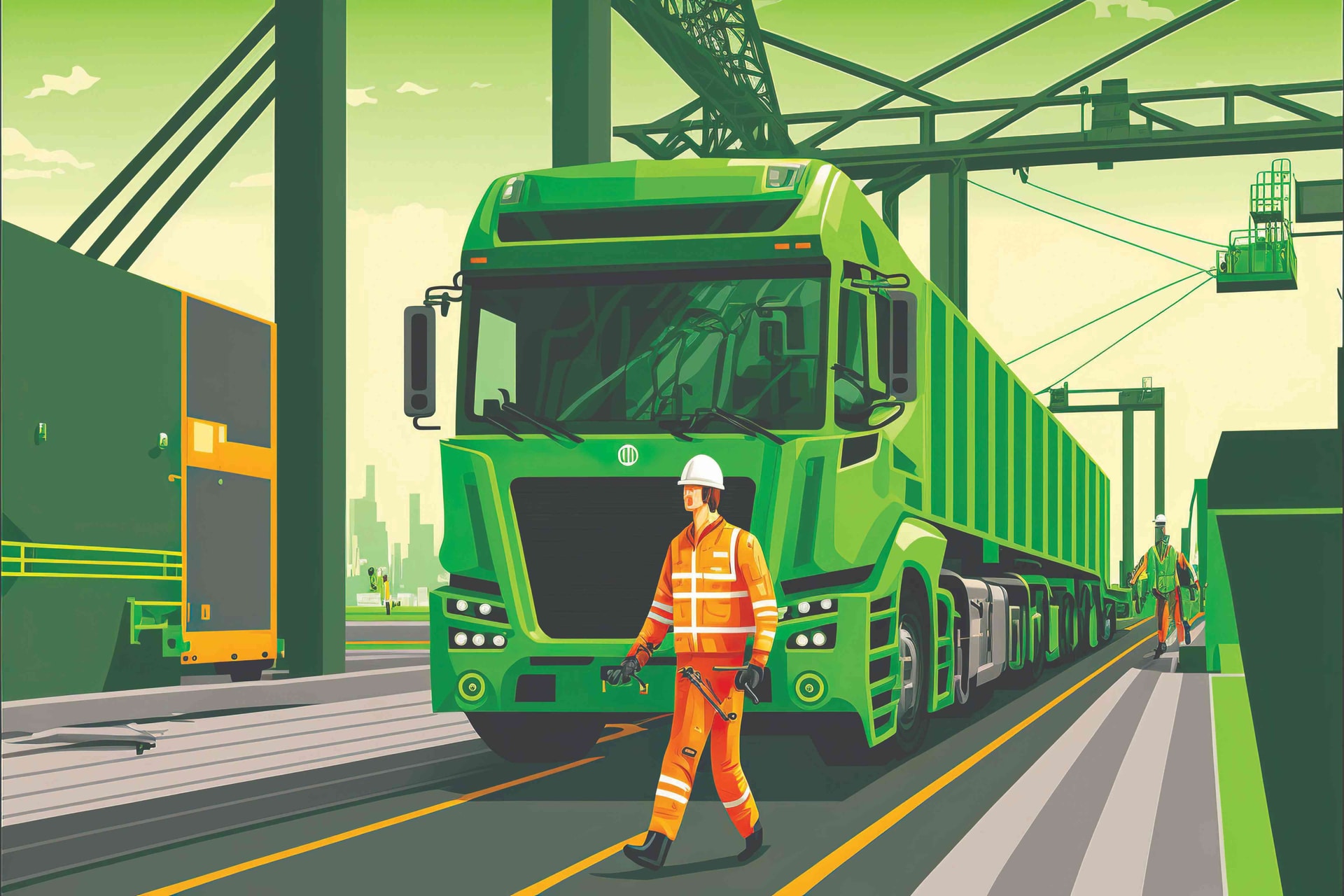
» Greening warehouse operations: warehouse design and construction requires not only to ensure safe storage of goods, but also to meet environmental standards. Warehouses with eco-friendly features such as using solar energy, natural light, suitable space, thick walls and floors or allowing on-site recycling will save energy, reduce noise and emissions. In addition, choosing environmentally friendly warehouse equipment and organizing optimal warehouse operations also reduces negative impacts on the environment. Good warehouse space planning not only helps to make optimal use of warehouse space, but also cuts down on movement in the warehouse. This forces enterprises to choose the green design of warehouses to not only achieve economic efficiency but also increasethe greenness in their logistics activities. In addition, working environment and trees around the warehouse area also contribute to green logistics. Container-cleaning equipment should be paid attention to reduce waste and pollute the environment
» Greening packaging: packaging is an important process for all products before they go to market. There are usually three types of packaging as primary packaging, secondary packaging, and shipping packaging. The main packaging contains the product. The size, shape, and material of the packaging have impacts on warehouse and shipping costs. Better product packaging with reused materials and optimally patterned pallets results in significant cost savings through reduced material usage, increased warehouse space utilization and capacity of means of transport, reducing the amount of packaging that needs to be handled. Inappropriate packaging can lead to product damage during transport, waste packaging materials and increase waste. As a result, innovative packaging technology will help minimize product loss during tranport, while reducing impacts on the environment. It is also important to take back excess material after completing packaging process.
» Greening the information system: a perfect information system can increase the level of greening logistics activities by providing real- time information and offering accurate and optimal controlling activities in logistics such as packaging, storage, transport, processing, distribution, loading and unloading, inventory handling... in order to comply with economic as well as environmental requirements, facilitating implementation logistics services associated with environmental responsibility. In addition, the digitization of data not only improves operational efficiency, increases labor productivity, and is convenient for information retrieval and data management, but also reducesprinting and paperwork. That cause harm to the environment. In particular, the information link network among enterprises and specialized agencies will reduce administrative procedures, save time as well as limit movement, contributing to minimizing negative impacts on the environment.
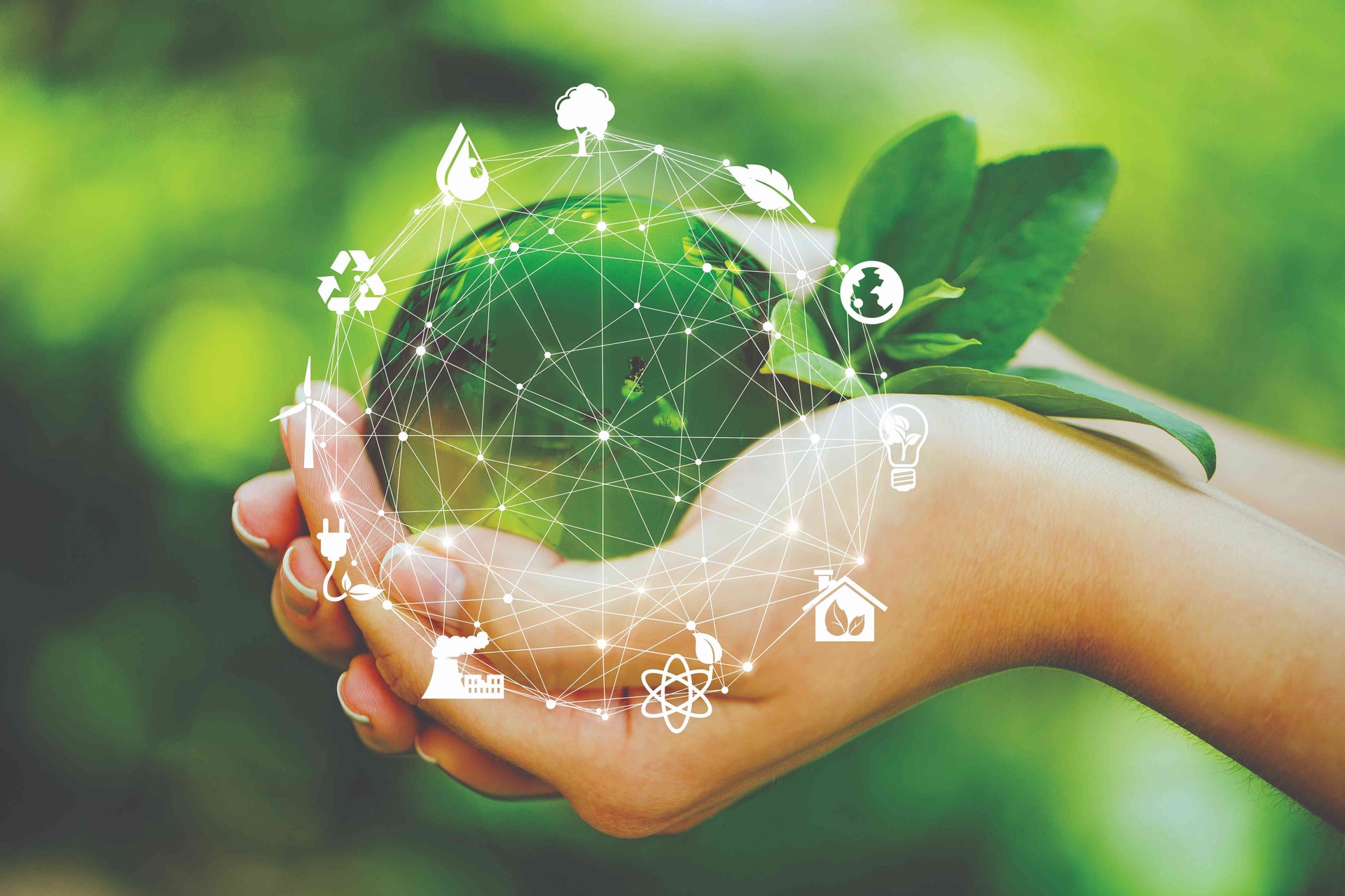
» Reverse logistics development is indispensable in green logistics development: two activities of product recovery and waste treatment are included. Reverse logistics is the process by which enterprises recover products returned by customers, products in need of warranty or products and packaging from end customers, making use of recycled materials, waste products and by-products in processes of production and collecting scraps from packing and transporting materials. Therefore, reverse logistics activities will contribute to environmental protection and bring many benefits to sustainable development of enterprises. Waste management is an important content for environmental protection and resource conservation. For example, when a warehouse generates a large amount of packaging waste or when products are expired or damaged, they become waste. At that time, how to treat waste so as not to affect the environment is extremely important.
(to be continued in part 2)


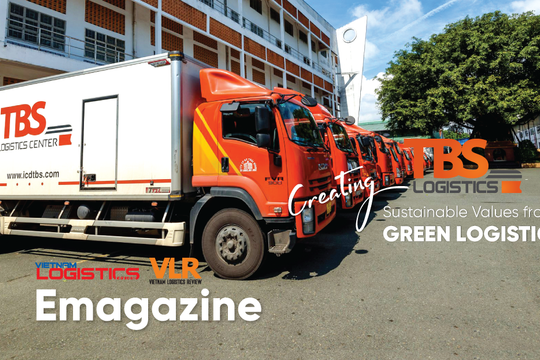
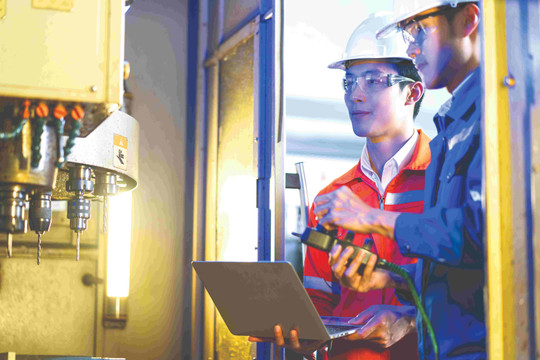
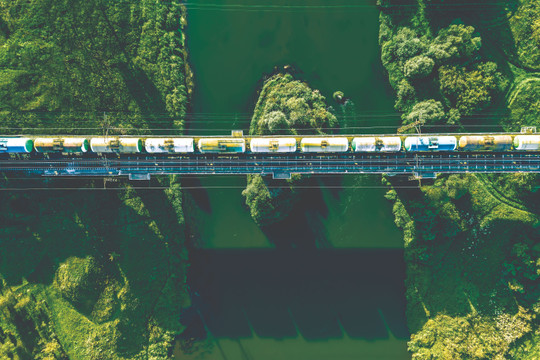
.png)
.png)
.png)
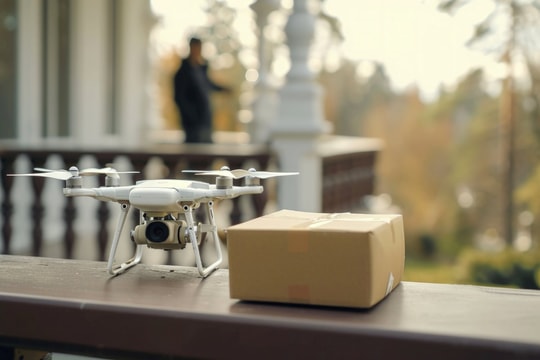
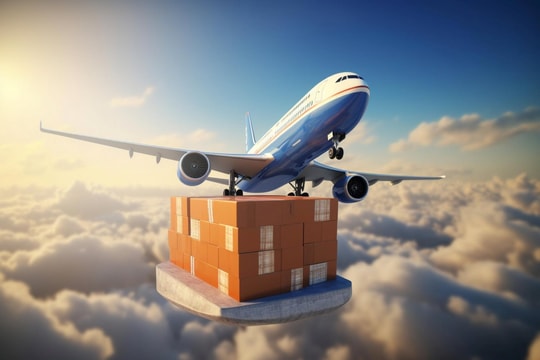
.png)
.png)


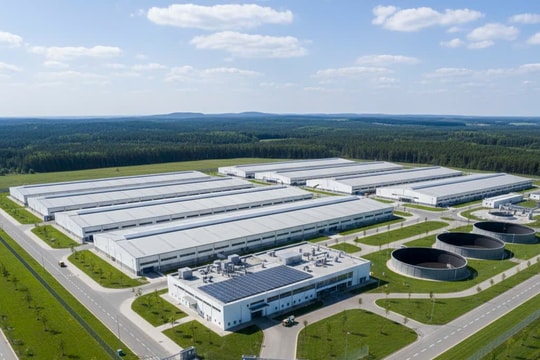



.png)

